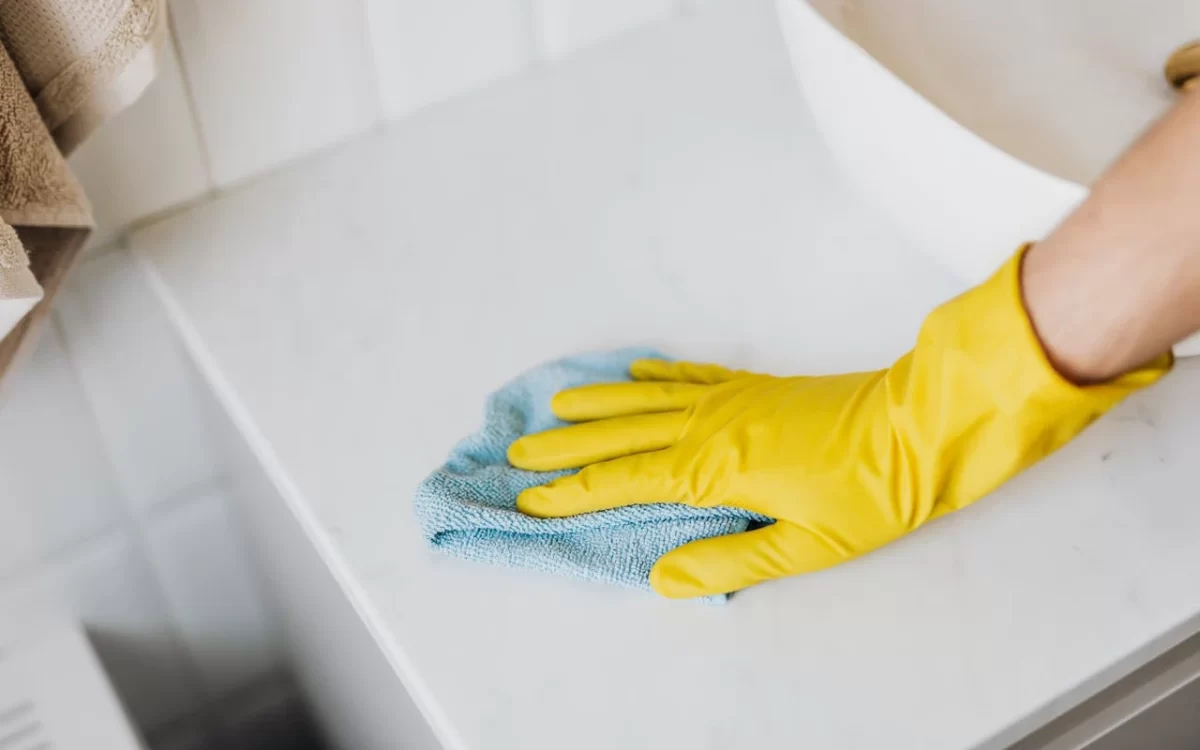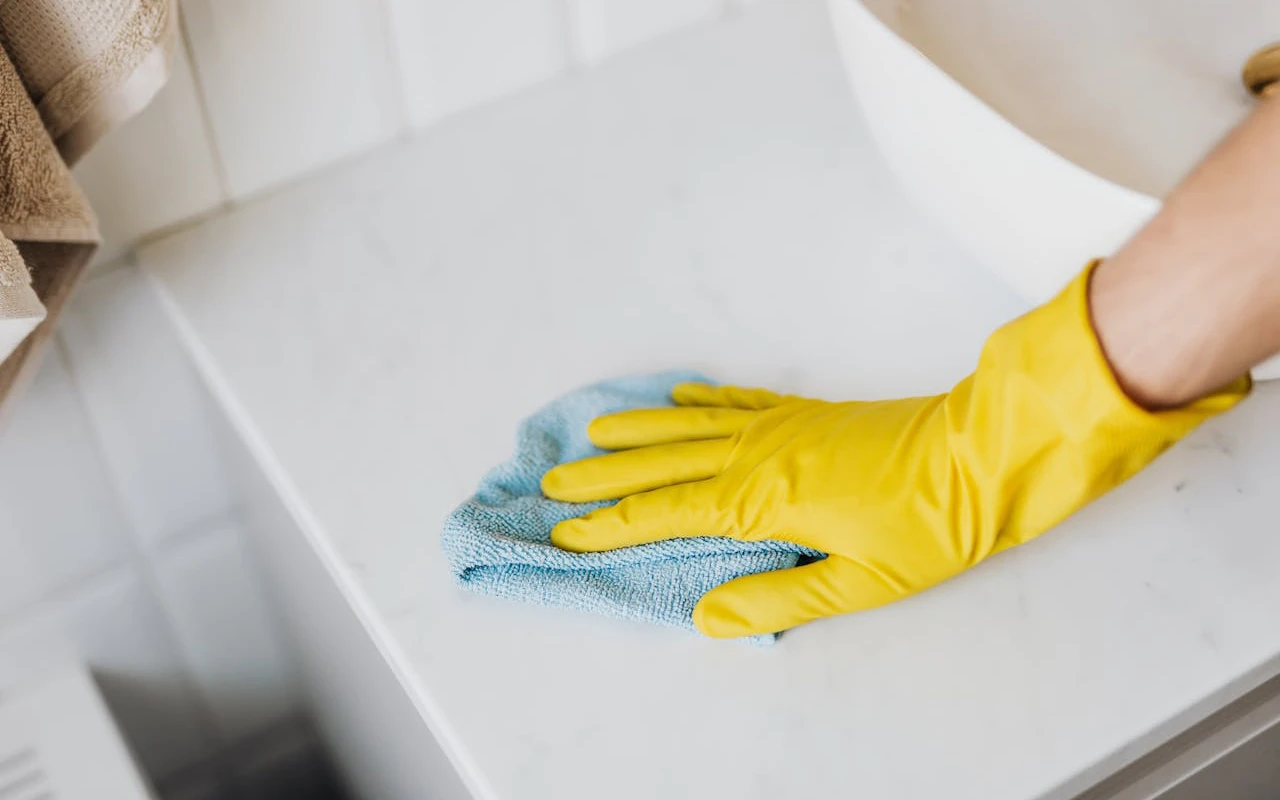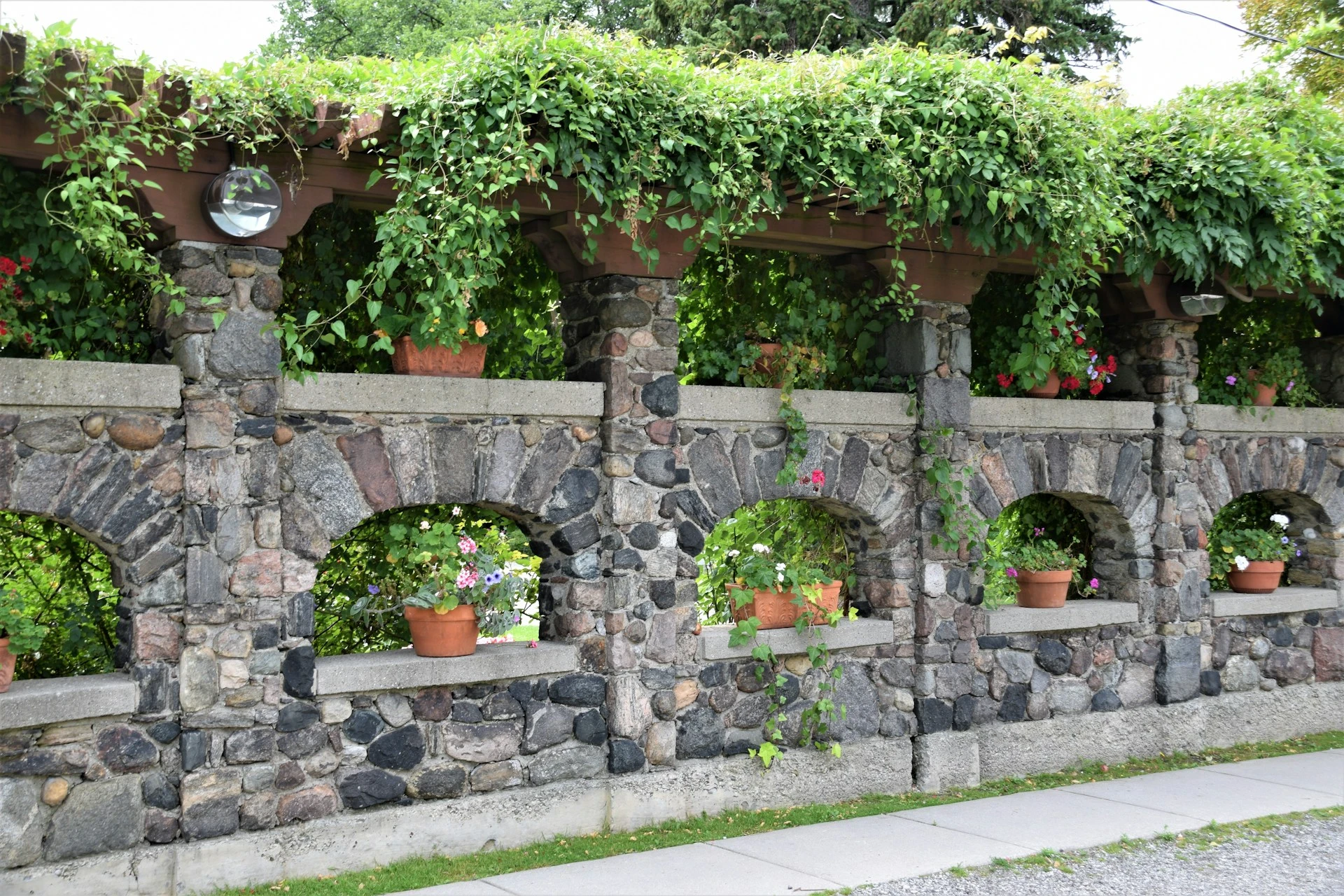Natural stone adds timeless charm to any outdoor space—whether it’s a garden path, patio, poolside, or facade. But exposure to the elements means it needs regular care. Neglect can lead to stains, moss growth, fading, and even structural damage.
Here’s your go-to guide to maintain outdoor stone surfaces in all weather conditions.
1. Know Your Stone Type First
Different stones require different care. What works for granite could damage sandstone.
| Stone Type | Characteristics | Common Outdoor Use |
|---|---|---|
| Granite | Dense, hard, stain-resistant | Paving, countertops |
| Sandstone | Porous, earthy tones | Walkways, garden walls |
| Limestone | Softer, light colors | Facades, patios |
| Slate | Textured, durable | Steps, pool areas |
| Travertine | Classic, pitted surface | Patios, decks |
Pro Tip: Always confirm the stone type before applying any cleaner.

2. Routine Cleaning: What You Should (and Shouldn’t) Do
✅ DO:
Sweep regularly to remove dirt and leaves
Use a mild, pH-neutral cleaner
Rinse with a low-pressure hose
Spot clean stains immediately
❌ DON’T:
Use vinegar, bleach, or acidic cleaners—they damage natural stone
Let moss or weeds grow between pavers
Use a high-pressure washer on soft stones (it may cause flaking)

3. Dealing with Moss, Mold & Algae
Shady, damp areas are prime spots for organic buildup.
Use a stone-safe biocide cleaner or a homemade mix of water and hydrogen peroxide.
Steps:
Apply the solution and let it sit for 10–15 minutes
Gently scrub with a soft-bristle brush
Rinse thoroughly and let it dry completely
Repeat monthly during rainy seasons to prevent regrowth.
4. Sealing Outdoor Stone: Is It Necessary?
Sealing helps protect porous stones like sandstone, limestone, and travertine from:
Water absorption
UV fading
Oil and rust stains
Freeze-thaw damage
Reapply every 1–2 years, especially in harsh climates.
Choose a breathable, penetrating sealer for outdoor use.
5. Seasonal Stone Care Tips
Spring & Summer:
Clean thoroughly to remove winter buildup
Apply fresh sealer if needed
Repair cracked or shifted pavers
Fall:
Clear fallen leaves regularly
Check for mold or algae growth
Remove debris from joints to avoid root damage
Winter:
Avoid salt-based deicers (use sand or stone-safe products instead)
Watch for water pooling and ice damage
Cover delicate stone features during snow
6. Quick Fixes for Common Outdoor Stone Issues
| Problem | Quick Fix |
|---|---|
| Rust Stains | Use a poultice with baking soda + hydrogen peroxide |
| Oil Stains | Absorb with cornstarch, clean with mild degreaser |
| Efflorescence (white powder) | Brush dry and rinse—avoid acidic cleaners |
| Slippery Surfaces | Use anti-slip stone sealers or mats in wet areas |
Final Word: Treat Stone Like a Living Part of Your Landscape
Your outdoor stone is more than a surface—it’s part of your environment. With proper care and a seasonal maintenance routine, it’ll age beautifully and last for decades.
Let nature do its thing—your stone will stand strong.










